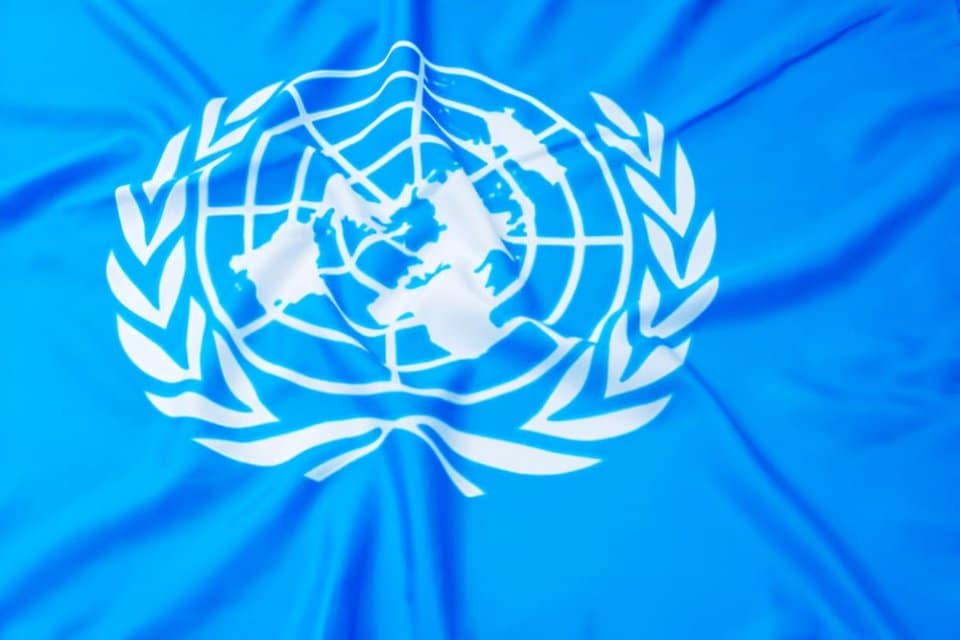In half of the world’s countries, freshwater ecosystems, including rivers, lakes, and aquifers, are in decline. River flows have significantly diminished, surface water bodies are shrinking or disappearing, pollution levels are rising, and water management efforts are falling short. These alarming trends are detailed in three reports released today by UN-Water and the UN Environment Programme (UNEP), which track progress on global freshwater resources.
The reports are part of a triennial series assessing progress towards the Sustainable Development Goal (SDG) of “clean water and sanitation for all” (SDG 6), focusing on the protection and restoration of freshwater sources. Drawing on more extensive data than ever before, the findings underscore the urgent need to enhance support for Member States through the UN System-wide strategy for water and sanitation and the forthcoming Collaborative Implementation Plan.
“Our planet is rapidly losing its healthy freshwater resources, with dire consequences for food security, climate resilience, and biodiversity,” said Dianna Kopansky, Head of the Freshwater and Wetlands Unit at UNEP’s Ecosystems Division.
The reports reveal that around 90 countries, predominantly in Africa, Central Asia, and Southeast Asia, are grappling with the degradation of one or more freshwater ecosystems. In contrast, regions like Oceania have seen some improvements. Key drivers of this degradation include pollution, dams, land conversion, over-abstraction, and climate change.
Globally, river flows have decreased in 402 basins—a fivefold increase since 2000—while only a small number of basins have seen an increase in flow. Human activities, such as aquaculture and agriculture, have led to significant losses of mangroves, especially in Southeast Asia, threatening coastal communities and freshwater resources due to mangroves’ crucial role in water filtration and carbon sequestration. However, the overall rate of mangrove deforestation has stabilized in the past decade.
The reports also document the shrinking or complete loss of lakes and other surface water bodies in 364 basins worldwide. High levels of particles and nutrients, largely due to land clearance, urbanization, and certain weather events, have caused algal blooms and low-oxygen conditions in many large lakes. Despite these challenges, the construction of reservoirs has contributed to a global net gain in permanent water bodies, particularly in North America, Europe, and Asia.
A critical issue highlighted in the reports is the stark inequality in water quality monitoring. The poorest half of the world accounts for less than 3% of global water quality data, with only 4,500 lake quality measurements out of nearly 250,000 globally. This lack of data poses a significant risk, as by 2030, more than half of the global population could be living in countries with insufficient water quality data to make informed management decisions related to drought, floods, and pollution.
In regions where data is available, there has been a consistent decline in freshwater quality since 2017. In areas lacking data, the outlook is equally concerning. The report authors recommend expanding government-funded monitoring programs, incorporating citizen science, and exploring satellite-based Earth observation to bridge the data gap.
Achieving sustainable water use by 2030 requires the implementation of integrated water resources management (IWRM) across all sectors and borders. However, the reports indicate that only 47 countries have fully or nearly achieved IWRM, while 63 need to accelerate implementation, and 73 have only limited capacity. At the current pace, global sustainable water management may not be realized until 2049, leaving at least 3.3 billion people in over 100 countries with inadequate governance frameworks to manage competing water demands by 2030.
The reports propose solutions such as unlocking financing through revenue-raising and cost-recovery mechanisms, investing in infrastructure and management, fostering coordinated action, enhancing institutional capacity, and improving monitoring networks.
Have you read?
Countries: Women in the workforce.
Countries: Personal space.
World’s Most (And Least) Religious Countries.
Best Countries to Invest In Travel, Tourism, and Hospitality.
Most Forested Countries In The World.
Add CEOWORLD magazine to your Google News feed.
Follow CEOWORLD magazine headlines on: Google News, LinkedIn, Twitter, and Facebook.
Copyright 2024 The CEOWORLD magazine. All rights reserved. This material (and any extract from it) must not be copied, redistributed or placed on any website, without CEOWORLD magazine’ prior written consent. For media queries, please contact: info@ceoworld.biz
























































![Key Metrics for Social Media Marketing [Infographic] Key Metrics for Social Media Marketing [Infographic]](https://www.socialmediatoday.com/imgproxy/nP1lliSbrTbUmhFV6RdAz9qJZFvsstq3IG6orLUMMls/g:ce/rs:fit:770:435/bG9jYWw6Ly8vZGl2ZWltYWdlL3NvY2lhbF9tZWRpYV9yb2lfaW5vZ3JhcGhpYzIucG5n.webp)
















